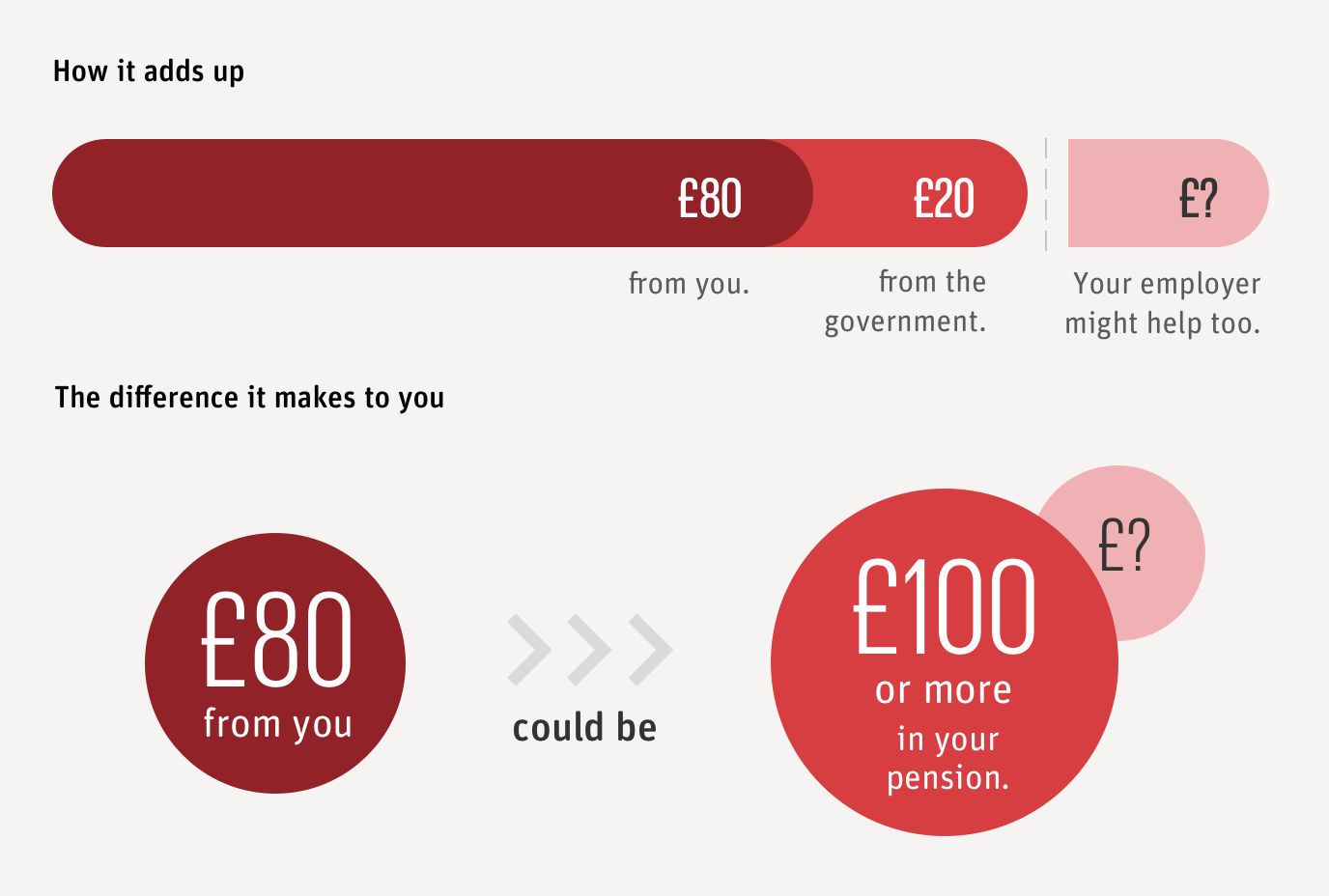Your pension in your pocket
Our app makes it easy to keep an eye on your pension and plan for the future.

Your workplace pension is a long-term investment that helps you save for your retirement in a tax-efficient way.
Your employer set up your pension plan with us. Every payday a portion of your pay is paid into your pension automatically.
If you change job and move to a new employer, it doesn't mean that you've left the pension. It's still your pension, so you can make payments into it and you can choose how your pension is invested.
Your pension plays a vital role in helping you save for the future. But it can be hard to tell if you’re saving enough. If you’ve not reviewed your pensions for a while, it’s a good idea to take some time to consider if how it's invested is still right for you.

Your workplace pension is a great way to save for your retirement. You get extra money from your employer and through tax relief every time you make a contribution.
This example is based on a basic rate tax payer.
Tax treatment depends on individual circumstances and tax rules both of which can change. For more information on all tax rates, visit the HMRC website.
If you have a workplace pension with salary exchange, you may get a bit more. Find out how this works by watching our video.
We hope you found this useful, for details about our other products go back to your options